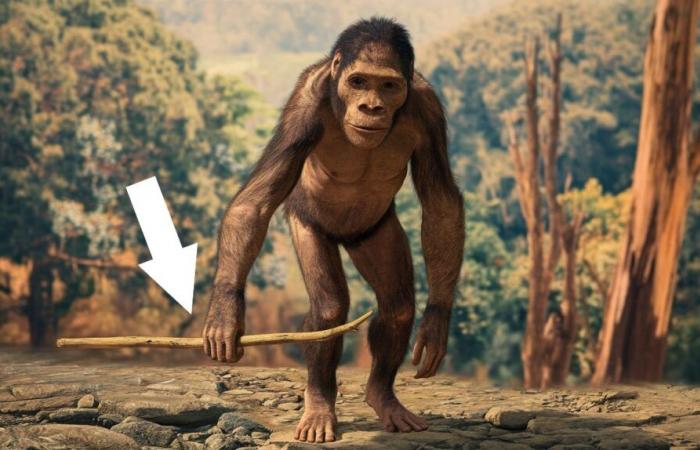Could the intelligence of Australopithecines be more developed than previously thought? Recent discoveries about these ancestors raise questions about our evolution.
At the heart of human history, the Australopithecines, which lived between four million and one million years BCE, deserve particular attention. These hominids have long been seen as simple beings, but new research is calling this image into question.
A study, carried out by researchers at Eberhard Karls University in Tübingen, reveals that these ancestors would have possessed more advanced manual skills. By examining 3D models of their hand bones, scientists discovered features that enable grasping and manipulative movements. These results indicate that Australopithecines used tools well before the appearance of the first stone implements. Researchers suggest they may have made tools from perishable materials, which explains their absence in the fossil record. This changes our understanding of the cognitive abilities of these hominids.
The study challenges the idea that tool use was exclusive to the genus Homo. However, the fact that Australopithecines were able to develop complex manual skills broadens our view of their intelligence. The distinction between Australopithecines and Homo may be less clear than expected.
Furthermore, this research highlights the importance of tools in cognitive development. Manipulating objects could have fostered social and communication skills, essential for the emergence of more complex societies.
The case of Lucy, the famous Australopithecus, illustrates this evolution. His manual abilities, although inferior to those of modern humans, suggested an unsuspected dexterity. Other species, such as Australopithecus satexhibited similar characteristics, suggesting preadaptation to tool use.
This study is a key step in rethinking the evolutionary process of human intelligence. If Australopithecines were able to manipulate objects, it challenges our understanding of the human evolutionary timeline.
In short, these discoveries open up new perspectives on our history. The Australopithecines, far from being rudimentary ancestors, could have played a more complex role in the evolution of humanity.
What is an Australopithecus?
The Australopithecines are a group of hominids that lived in Africa between 4 and 1 million years BCE. They are considered direct ancestors of modern humans. This genus includes several species, including Australopithecus afarensis, Australopithecus africanus and Australopithecus sediba. Australopithecines, direct ancestors of modern humans, had a relatively small stature, measuring around one meter in height. height. Their anatomy was a mélange of human and simian features, with a skull smaller than that of humans, reaching only 400 cm³ of volume.
Although they were able to walk on two legs, their longer arms indicate a partial adaptation to climbing, allowing them to move efficiently within trees.






